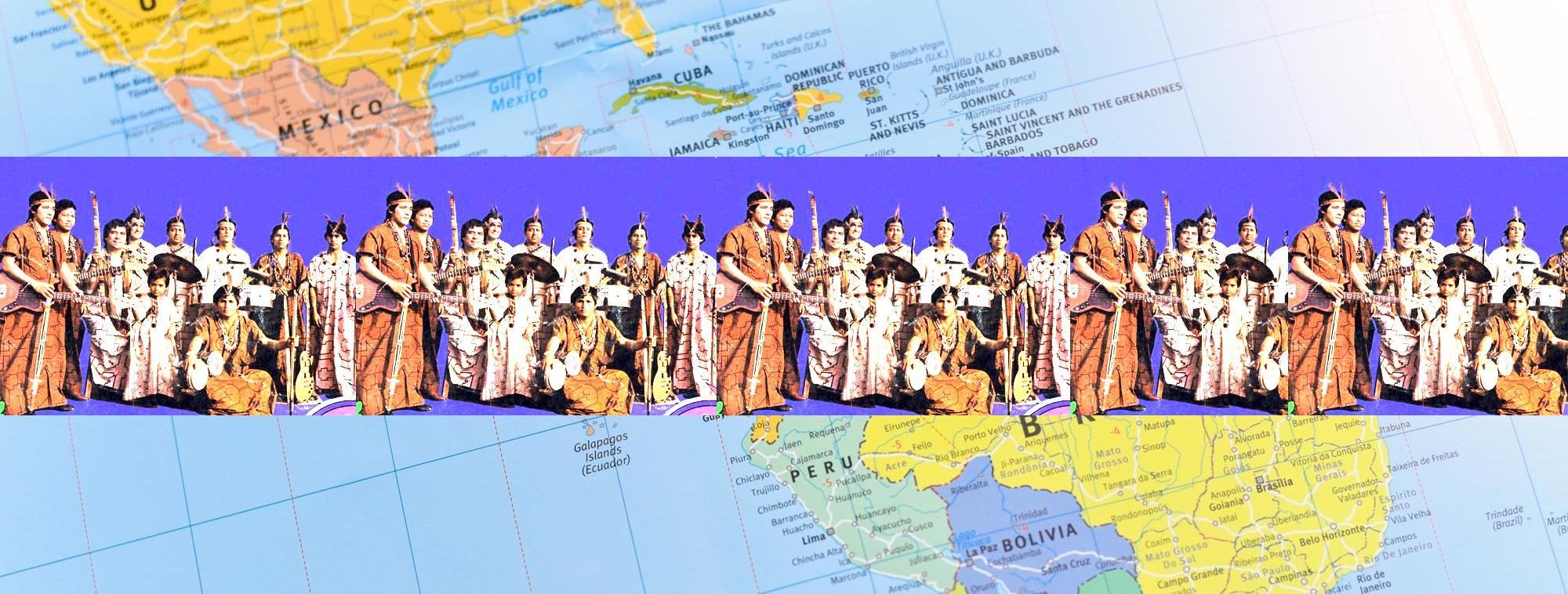Afropop Classic September 14, 2023
Hispanic Heritage Month 2023: The Cumbia Diaspora
In this episode, we find out how cumbia left Colombia in the ‘60s and ‘70s and traveled to other countries. Everywhere it went, it transformed itself, adapting to its new environment. In Peru, it mixed with psychedelic guitar effects and Andean sounds to become chicha. In Argentina, it became the expression of a new generation of restless youth in the burgeoning slums of Buenos Aires. And in Mexico, it became so instilled in the local culture that some have forgotten that it came from Colombia in the first place.
Produced by Marlon Bishop
APWW #606
Related Audio Programs

Afropop Classic October 11, 2013
Related Articles

Reviews January 28, 2011









